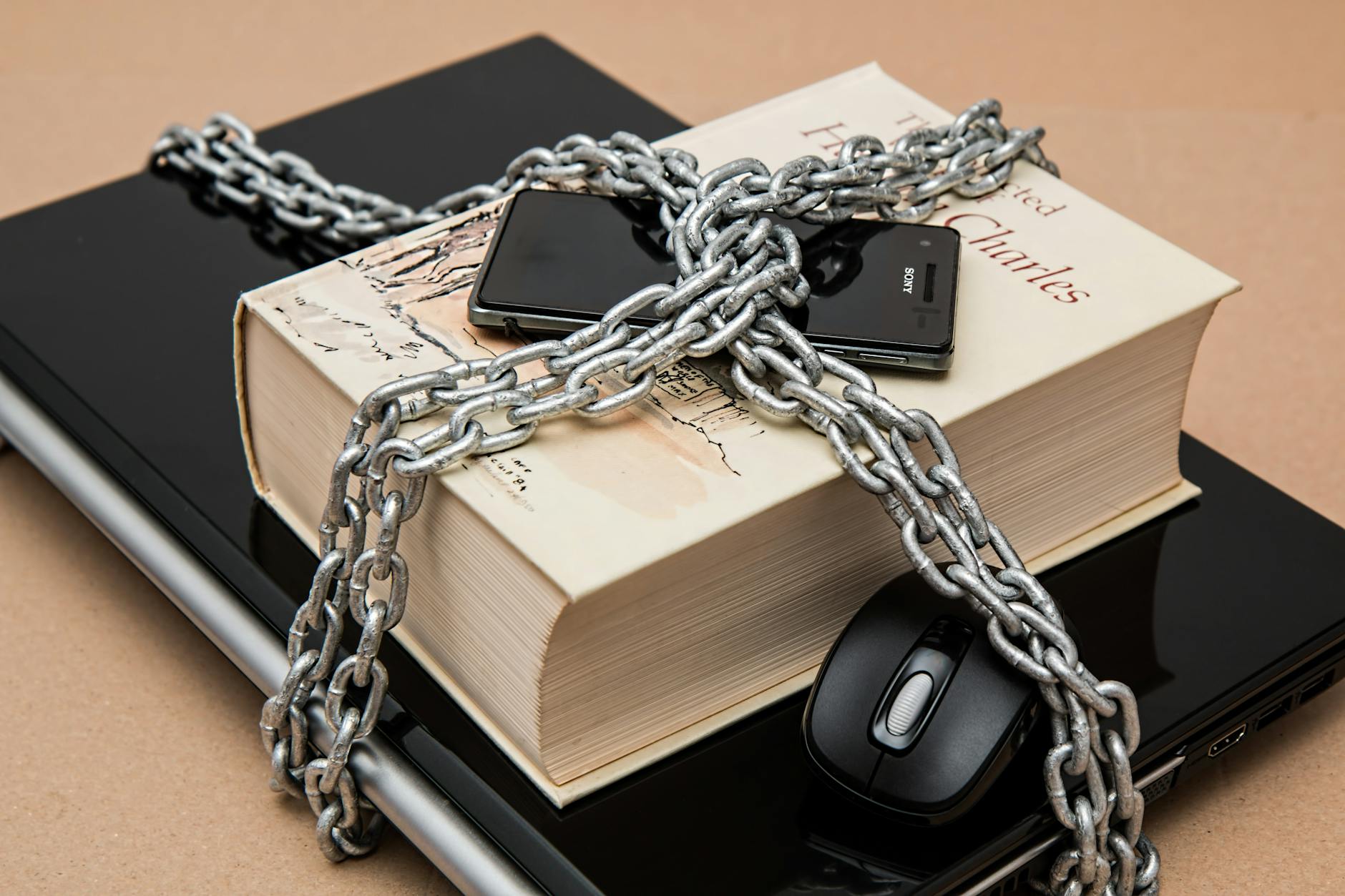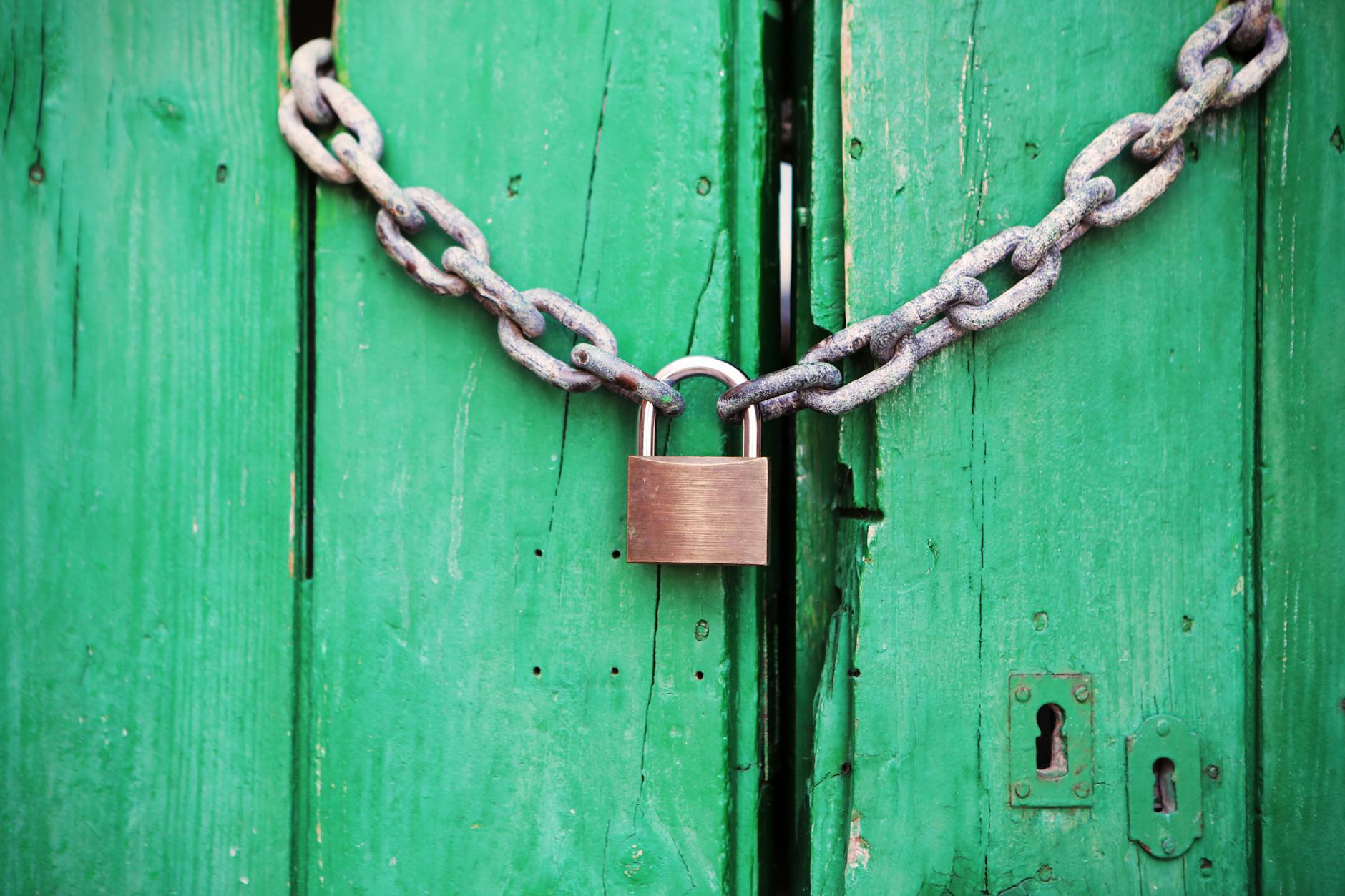OK, this is all a bit complicated, but basically the new Autopilot 9.0 on Hardware 2.5 Teslas. These are Model 3s and Tesla Model X and S manufactured after August 2017 need two forms of USB storage. (Why they didn’t put a real storage architecture in the cars and charge an extra $1K for a 10TB drive array, I don’t know, it’s a no brainer upgrade and very profitable).
But basically you need to:
- Format the USB key to have two partitions. Ok, this isn’t super clear, but with a Mac, you need to reformat your USB key to use the GUID Partition Map. You do this by loading your USB key, and then choosing Erase Disk and tell it you want a GUID Partition Map. This does not work with the default Master Boot Record with FAT32. Then you have to run the Partition tool. And create two FAT32 partitions.
- The first is the TeslaCam partition, it needs 30MB per minute to store the video and has a one hour storage limit so it needs at most 1.8GB or so, so for a nominal 16GB USB Stick, you can make that partition say 4GB at most, then 12GB for your music.
- Why would you want your music on this disk? Well first, if you have your phone, you don’t need it, but if you just rely on streaming, you are getting compressed 50Kbps and if with that great audio system, you would much rather use lossless FLAC or 256Kb AAC encoding.
- Note that because you are writing like crazy to this USB key, the key will eventually give out. That’s the cost of using a cheap key. If you really care about this, then you need to use a USB to SATA convertor and a real SSD.
When this is done, you want to add a single folder on the 4GB partition named TeslaCam and then dump the rest of your of your iTunes music in.
This is actually quite complicated, because of the way that Tesla indexes music and doesn’t read the metadata that say an iTunes does and you can use TeslaTap has a guide and you can use an app call TeslaTunes to do this automatically, but basically, you select the playlist you want and then you can have the genre set to the playlist name so you can find it. Tesla doesn’t support playlists, so this is an easy way to play your music.
Unfortunately, at least the MacOS Mojave and iTunes using the Apple Music system, it doesn’t seem to be able to find the tracks, so you are left with the older system of copying around MP3 and FLAC files, I feel like I’m back in the last century!





